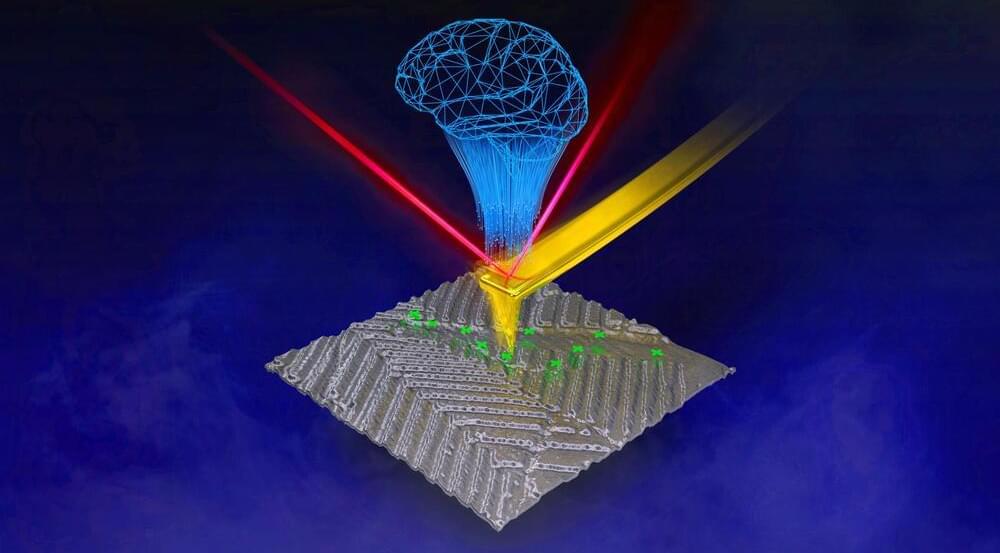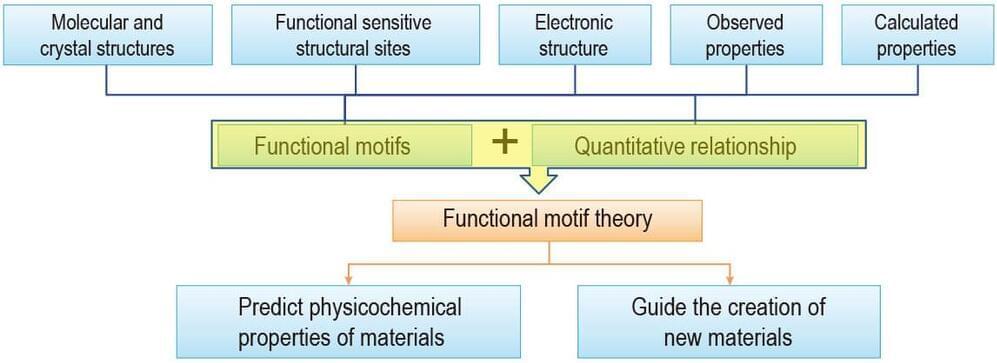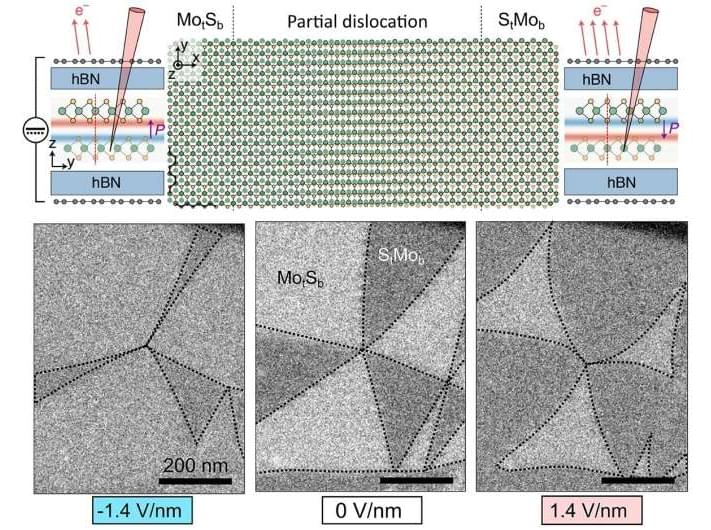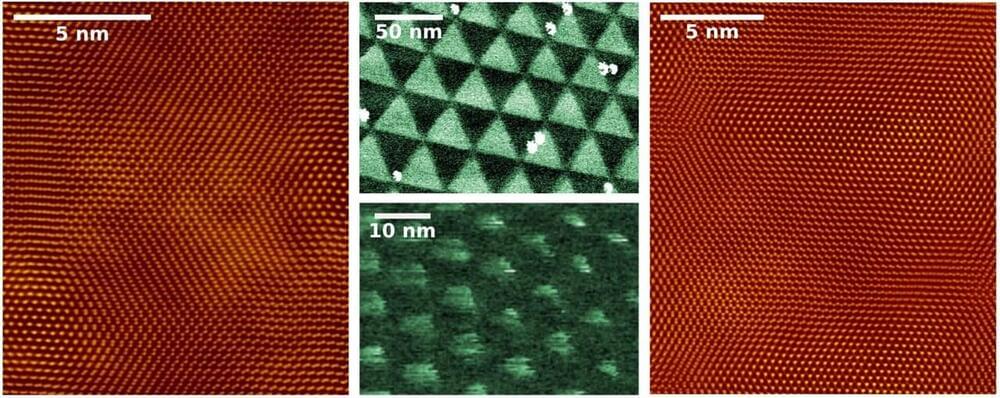
Get the latest international news and world events from around the world.


U.S. health officials say a third of people live in areas with so much virus they should consider masks indoors
Len RosenFalcon 9 has been a spectacular success for SpaceX. The purpose of the Falcon Heavy is likely to be superseded by Starship which likely means the Heavy will be discontinued sooner than later.
Eric KlienAuthor.
Len Rosen Actually, Starship will rapidly grab all of the Falcon 9 payloads, except for humans which will be much slower to transition. In fact, it looks like the first orbital Starship launch will try to launch some Starlink satellites.
View 1 more reply.
Len Rosen shared a link.
No one should think we are over COVID.

Self-driving microscopes discover shortcuts to new materials
Researchers at the Department of Energy’s Oak Ridge National Laboratory are teaching microscopes to drive discoveries with an intuitive algorithm, developed at the lab’s Center for Nanophase Materials Sciences, that could guide breakthroughs in new materials for energy technologies, sensing and computing.
“There are so many potential materials, some of which we cannot study at all with conventional tools, that need more efficient and systematic approaches to design and synthesize,” said Maxim Ziatdinov of ORNL’s Computational Sciences and Engineering Division and the CNMS. “We can use smart automation to access unexplored materials as well as create a shareable, reproducible path to discoveries that have not previously been possible.”
The approach, published in Nature Machine Intelligence, combines physics and machine learning to automate microscopy experiments designed to study materials’ functional properties at the nanoscale.

The crucial role of functional motifs—microstructural units that govern material functions—in material research
The traditional trial-and-error method in material research cannot meet the growing demand of various high performance materials, so developing a new effective paradigm of material science is extremely urgent. A study led by Dr. Xiao-Ming Jiang and Prof. Guo-Cong Guo (Fujian Institute of Research on the Structure of Matter, Chinese Academy of Sciences) proposes a new research paradigm for material studies based on the “functional motif” concept.
Functional motif was defined as the critical microstructure units (e.g., constituent components and building blocks) that play a decisive role in generating certain material functions. These units could not be replaced with other structure units without losing or significantly suppressing the relevant functions. The functional motif paradigm starts with the main aspects of microscopic structures and the properties of materials. On the basis of this understanding, the functional motifs governing the material properties can be extracted and the quantitative relationships between them can be investigated, and the results could be further developed as the “functional motif theory.” The latter should be useful as a guideline for creating new materials and as a tool for predicting the physicochemical properties of materials.
The properties of materials are determined by their functional motifs and how they are arranged in the materials, with the latter determining the quantitative structure–property relationships. Uncovering the functional motifs and their arrangements is crucial in understanding the properties of materials, and the functional motif exploration enables the rational design of new materials with desired properties.

Engineering 2D semiconductors with built-in memory functions
A team of researchers at The University of Manchester’s National Graphene Institute (NGI) and the National Physical Laboratory (NPL) has demonstrated that slightly twisted 2D transition metal dichalcogenides (TMDs) display room-temperature ferroelectricity.
This characteristic, combined with TMDs’ outstanding optical properties, can be used to build multi-functional optoelectronic devices such as transistors and LEDs with built-in memory functions on nanometre length scale.
Ferroelectrics are materials with two or more electrically polarisable states that can be reversibly switched with the application of an external electric field. This material property is ideal for applications such as non-volatile memory, microwave devices, sensors and transistors. Until recently, out-of-plane switchable ferroelectricity at room temperature had been achieved only in films thicker than 3 nanometres.

Nanopatterning electronic properties of twisted 2-D semiconductors using twist
Adam FordAdmin.
I’m sure that’s not Deepmind’s official position atm — Nando de Freitas’s tweet was probably reactionary.
Nikolai Torp DragnesDoesn’t really read like the AGI is in a happy comfortable place does it? “Big red button,” “agents,” etc.? Sounds more like being locked in a cage with a gun to your head told to behave, told what to think, what to feel, what to do and what to look a… See more.
2 Replies.
View 15 more comments.
Dan Breeden shared a link.

The Metaverse has the power to improve healthcare, and it has already begun
It doesn’t have to be all fun and games in the Metaverse, especially when its best use cases are the ones that need a different reality the most. Thanks to a few companies that have large marketing machines, the word “Metaverse” has become muddled in hype and controversy. While the current use of the coined word might be new to our ears, the technologies that empower it have been around for quite some time now. And they aren’t always used for games or entertainment, even if that is what everyone thinks these days. In fact, one of the most frequent early adopters of these technologies come from the medical field, which continuously tests new equipment, theories, and digital experiences to help improve lives. So while mainstream media, carmakers, and social networks continue to shine the light on new ways to experience different worlds, the Metaverse, its concepts, and its applications are already sneaking their way into medical and scientific institutions, ready to take healthcare to the next, augmented reality level.

Machine learning and gravity signals could rapidly detect big earthquakes
Massive earthquakes don’t just move the ground — they make speed-of-light adjustments to Earth’s gravitational field. Now, researchers have trained computers to identify these tiny gravitational signals, demonstrating how the signals can be used to mark the location and size of a strong quake almost instantaneously.
It’s a first step to creating a very early warning system for the planet’s most powerful quakes, scientists report May 11 in Nature.
Such a system could help solve a thorny problem in seismology: how to quickly pin down the true magnitude of a massive quake immediately after it happens, says Andrea Licciardi, a geophysicist at the Université Côte d’Azur in Nice, France. Without that ability, it’s much harder to swiftly and effectively issue hazard warnings that could save lives.
